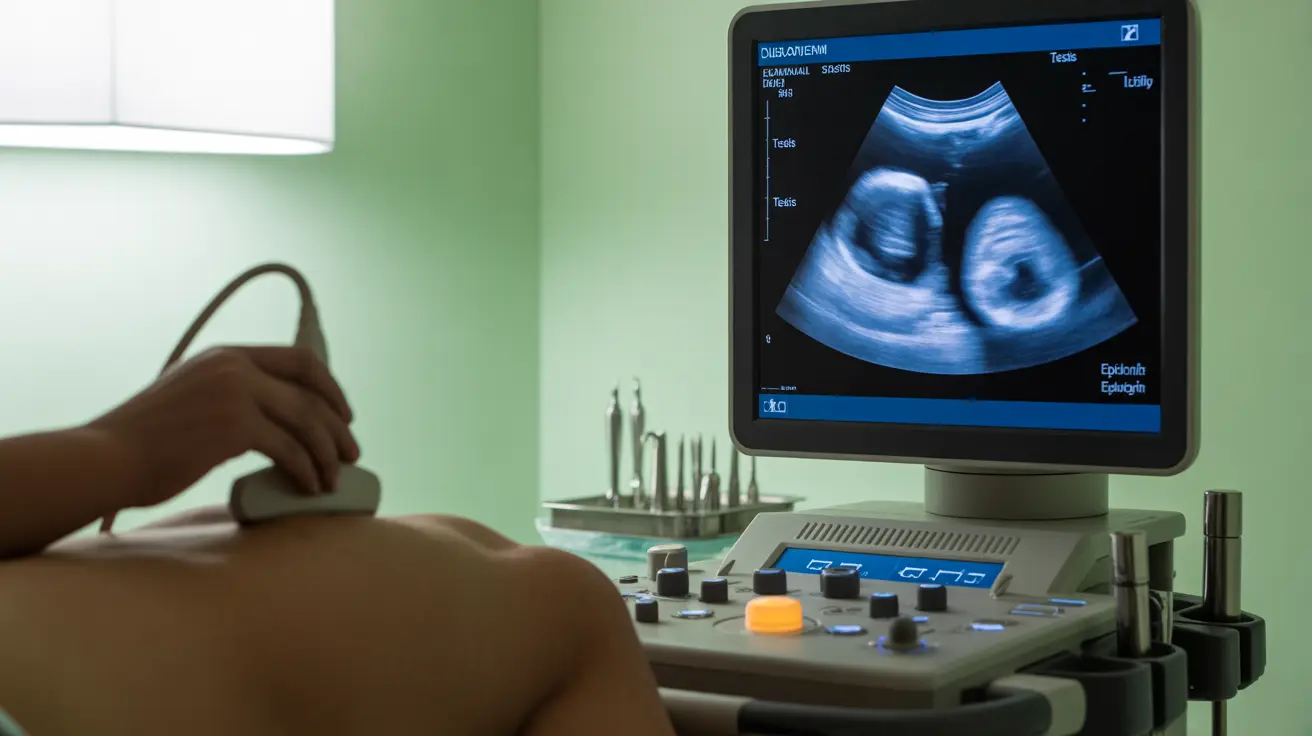A testicular ultrasound is a valuable diagnostic imaging tool that helps doctors examine and evaluate various conditions affecting the testicles and surrounding tissues. This non-invasive procedure uses high-frequency sound waves to create detailed images of the scrotum and its contents, enabling healthcare providers to diagnose and monitor various medical conditions accurately.
Understanding what to expect during a testicular ultrasound and its importance in diagnosing various conditions can help alleviate any anxiety about the procedure. This guide will walk you through everything you need to know about testicular ultrasounds, from preparation to results.
Purpose and Medical Applications
Testicular ultrasounds serve multiple diagnostic purposes and are essential for identifying various conditions affecting male reproductive health. Healthcare providers commonly recommend this procedure to:
- Evaluate unexplained scrotal pain or swelling
- Identify the presence of masses or tumors
- Diagnose testicular torsion
- Assess inflammation or infection
- Monitor existing conditions
- Evaluate trauma or injury to the area
Procedure Overview and Preparation
Preparing for a testicular ultrasound is relatively straightforward, as it requires minimal preparation. However, understanding the process can help you feel more comfortable on the day of the examination.
Before the Procedure
While specific instructions may vary by facility, general preparation guidelines include:
- Wear comfortable, loose-fitting clothing
- Follow any specific instructions provided by your healthcare provider
- Inform your doctor about any medications you're taking
- Arrive a few minutes early to complete necessary paperwork
During the Examination
The ultrasound procedure typically involves the following steps:
- You'll lie on an examination table
- A sonographer will apply a clear gel to the scrotum
- The technician will move a small device called a transducer across the area
- You may need to adjust your position slightly during the examination
- The entire procedure usually takes 15-30 minutes
Understanding the Results
After the ultrasound, a radiologist will analyze the images and prepare a detailed report for your healthcare provider. This report will include information about:
- The size and shape of the testicles
- Blood flow patterns in the area
- Presence of any masses or abnormalities
- Signs of inflammation or infection
- Evidence of any structural problems
Your doctor will typically review these results with you within a few days of the procedure and discuss any necessary treatment plans based on the findings.
Safety and Considerations
Testicular ultrasounds are considered extremely safe diagnostic procedures with virtually no risks or side effects. The procedure:
- Uses no radiation
- Is completely non-invasive
- Causes no pain (though there might be slight pressure)
- Has no known harmful effects
- Requires no recovery time
Frequently Asked Questions
What is a testicular ultrasound used for and what conditions can it diagnose? A testicular ultrasound is used to diagnose various conditions affecting the testicles and surrounding tissues, including testicular torsion, inflammation, infections, cysts, tumors, and trauma-related injuries. It can also help identify the cause of unexplained pain or swelling in the scrotal area.
How should I prepare for a testicular ultrasound and what can I expect during the procedure? Minimal preparation is required for a testicular ultrasound. Wear comfortable clothing and follow any specific instructions from your healthcare provider. During the procedure, you'll lie on an examination table while a technician applies gel and moves a transducer across the scrotum to capture images.
Is a testicular ultrasound safe, and are there any risks or side effects? Yes, testicular ultrasounds are completely safe with no known risks or side effects. The procedure uses sound waves rather than radiation and is non-invasive. You may feel slight pressure during the examination, but it shouldn't cause pain.
How long does a testicular ultrasound take and when will I get the results? A typical testicular ultrasound takes about 15-30 minutes to complete. Results are usually available within a few days, and your healthcare provider will discuss the findings with you during a follow-up appointment.
Can a testicular ultrasound detect testicular torsion or tumors? Yes, a testicular ultrasound is highly effective at detecting both testicular torsion and tumors. It can show blood flow patterns that indicate torsion and can clearly reveal the presence of masses or abnormal growths within the testicles.




